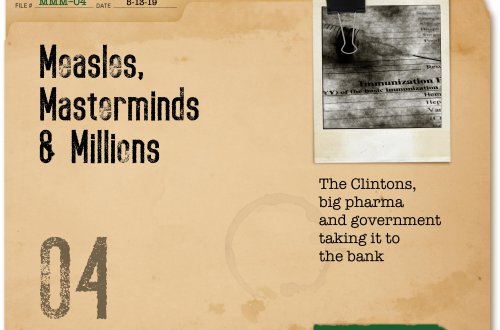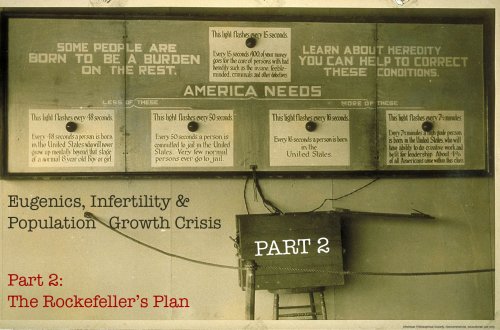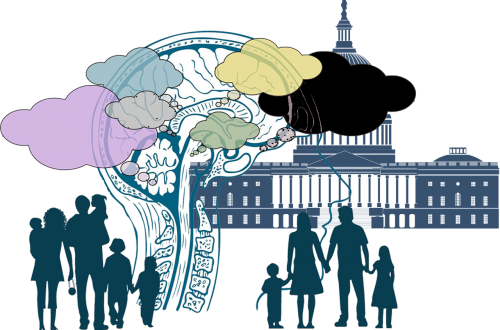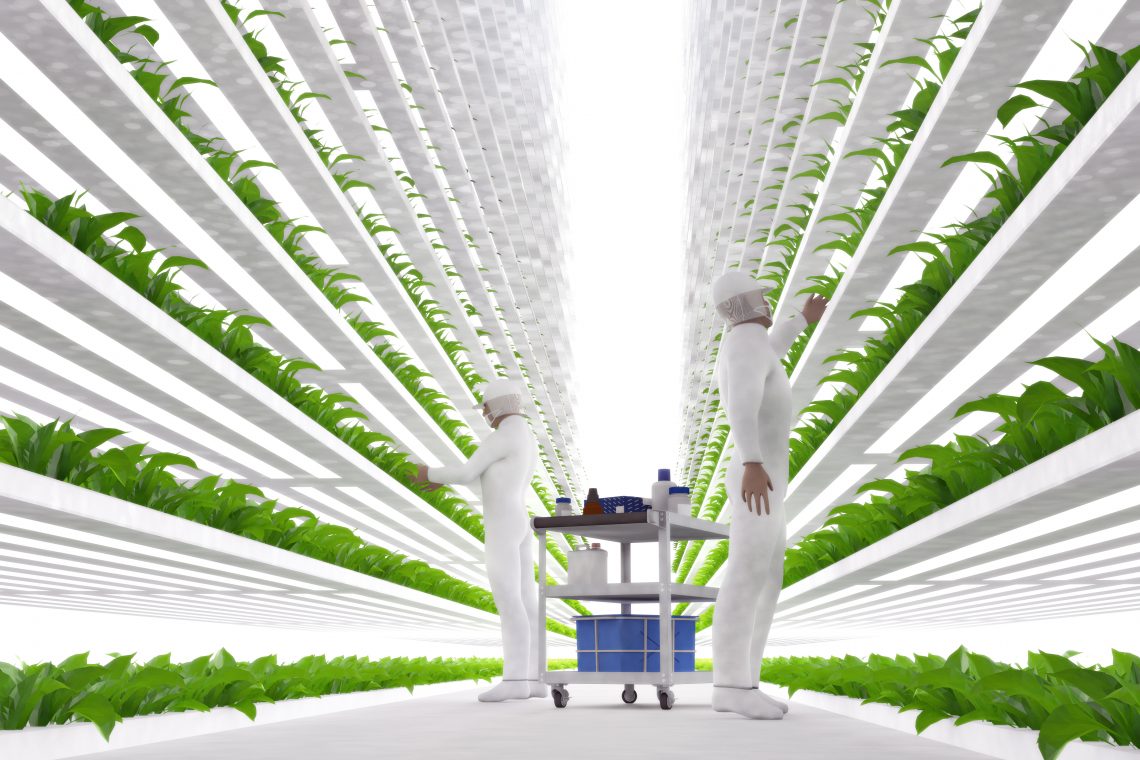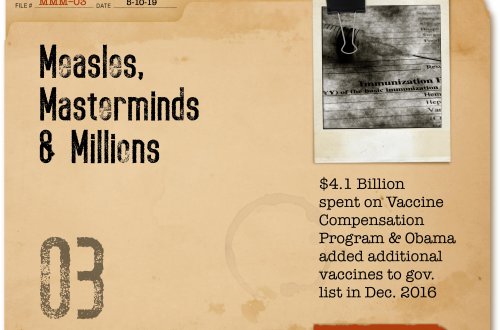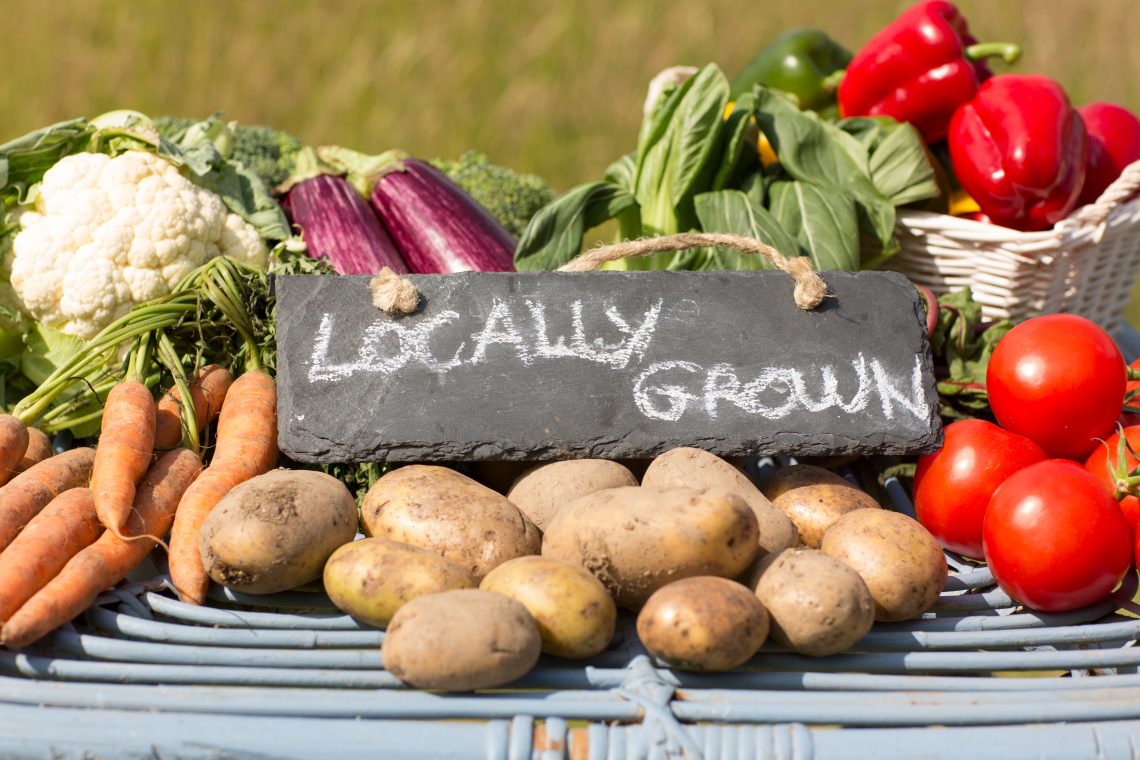Inside Codex with Scott Tips: New Global Food Diet – Insects, Rats and Dogs
Few people are aware of who creates the global food “standards” and “guidelines,” and even fewer have a seat at the table with a voice to challenge the toxins, ingredients, and processes working their way into the food system. One of those individuals is Scott Tips, President of the National Health Federation, and we need him and his team now more than ever, before insects, dogs, and rats make it to our grocery stores, and indoor growing facilities backed by the globalists wipe out all of the farmers. • Codex Alimentarius just introduced a list of of over 90,000 species of insects and spiders to be included as a new food category for human consumption • While FAO, WHO, Codex, Hollywood, and investors all tout that 2 billion people in the world eat nutritious bugs, they fail to mention the dangers, such as almost a fifth of fatal reactions to…
The Solution Series: Food Forest Abundance with Jim Gale
“We’ve got 44 million acres of lawn in the United States. The lawn is the foundation of enslavement and the biggest mass brainwashing scam in the world, as it takes more chemicals and resources than any other crop and it does not provide food.” – Jim Gale Download the transcript. In a world where the established order wants to propagate fear and gain control through the idea of scarcity, while at the same time providing solutions like lab-grown meat and gene-edited produce, taking control of your own food production is quickly approaching what marketers call the Momentum Phase. Jim Gale is here to help America grow food abundantly. Gale, a Minnesota native, has been around farming and gardening since his childhood when he would visit his family farm in Southern Minnesota as a boy. “When I was a kid, we would go home to the farm… those were the most…
Finding Sources of Fresh Food
After publishing Corey’s Digs report on NEW Controlled Food System is Already in Place and They Will Stop at Nothing to Accelerate Their Control, Pete Kennedy’s article on Finding Sources of Fresh Food over at The Solari Report, seems only fitting. There are some terrific resources in here that can be very helpful and beneficial to many. By Pete Kennedy, The Solari Report With the accelerating deterioration in quality and reliability of the conventional food supply, one of the best steps anyone can take for health and preparedness is to increase purchases of food produced by regenerative farmers and small-scale artisans. What follows is a summary of resources to help you find fresh food. Any search should start with the Weston A. Price Foundation (WAPF, www.westonaprice.org). WAPF is an international membership 501(c)(3) nonprofit dedicated to restoring nutrient-dense foods to the American diet through education, research, and activism. The foundation operates on a system…
NEW Controlled Food System Is Now In Place And They Will Stop At Nothing To Accelerate Their Control
“Who controls the food supply controls the people; who controls the energy can control whole continents; who controls money can control the world.” This famous quote by Henry Kissinger is ringing more and more true by the week. The globalists already control the majority of the money, are moving ever so swiftly to convert the energy system over into systems they are all invested in, and have been taking drastic measures to control the food industry while running much of it under the radar. If they control the seeds they control the food, and if they control the food they can use the digital ID to control consumer access to the food. While a rash of fires suddenly destroy food processing, meat, and fertilizer plants, during a time where farmers are hurting and supply chain issues are kicking in, an entire traceable food infrastructure system has already been built in…
Homesteading Tips from John Moody + Upcoming Rogue Food Event!
I recently had the pleasure of speaking with John Moody, a brilliant author, homesteader, and co-founder of the annual Rogue Food Conference. I wanted to pick John’s brain to extract some of his tips & tricks and advice when it comes to homesteading from the smallest of places to large amounts of acreage. I also wanted to get the scoop on what he will be talking about at this year’s Rogue Food Conference, and what other speakers have in store for us. I was pleasantly surprised! John will be teaching a 3-hour intensive on local food distribution, why most models fail, and how to build an alternative local food system. After reviewing the homesteading tips below, be sure to scroll down and check out the details of this event coming to Florida for the first time, this March. John has been homesteading for 12 years, has written 5 books, established…






